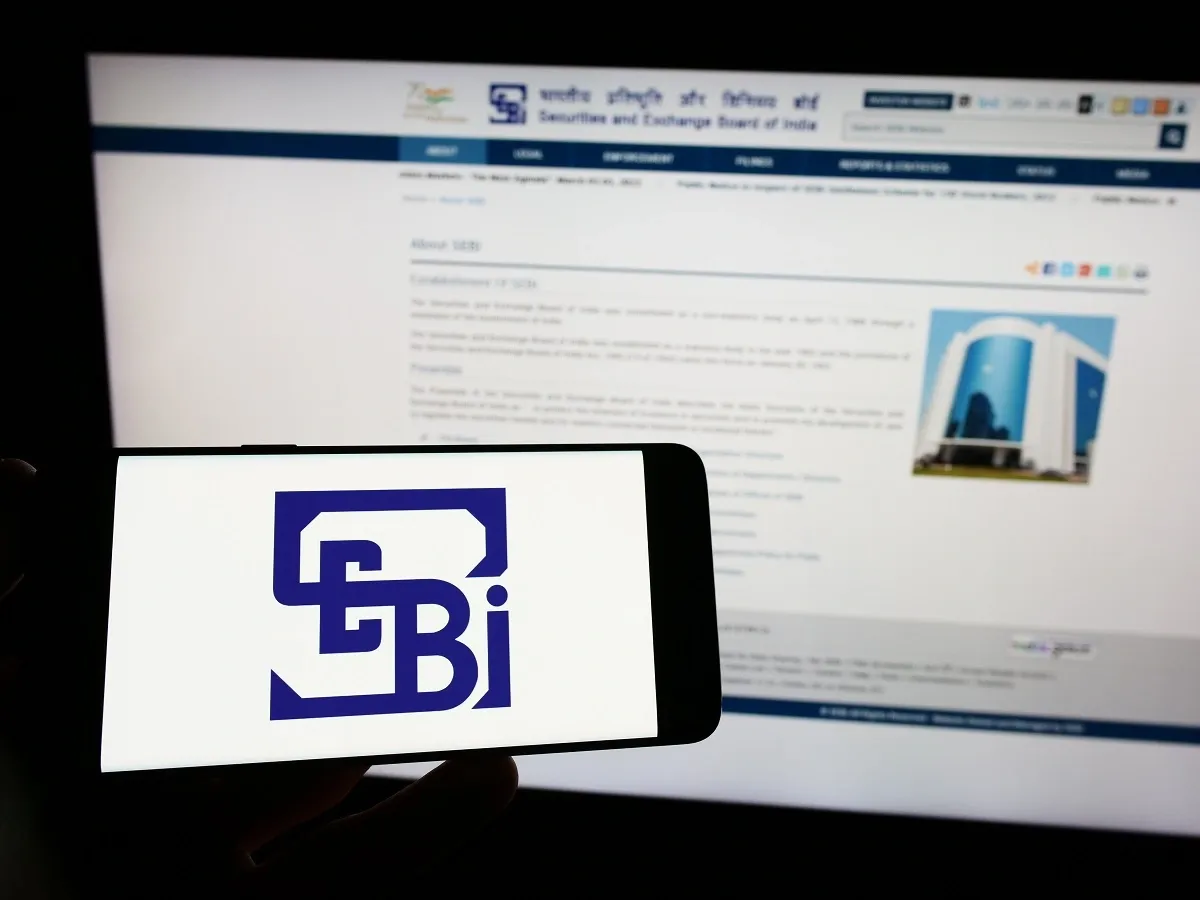Personal Finance News
qsif Equity Long-Short Fund by Quant Mutual Fund: FAQs and key details
.png)
7 min read | Updated on August 25, 2025, 12:12 IST
SUMMARY
Quant MF has filed draft papers with SEBI for two of India's first SIF schemes. This article answers all the important FAQs you need to know about one of these two SIFs: qsif Equity Long-Short Fund.

Here's everything you need to know about qsif Equity Long-Short Fund. | Image source: Shutterstock
What is qsif Equity Long-Short Fund?
qsif Equity Long-Short Fund is an open-ended equity investment strategy investing in listed equity and equity-related instruments, including limited short exposure in equity through derivative instruments.
Where will qsif Equity Long-Short Fund invest?
Some of the instruments in which this fund will invest are the following:
- Equity Instruments
- Equity-related instruments, including convertible bonds and debentures, and warrants carrying the right to obtain equity shares
- Equity Derivatives, including stock futures/options and index futures/options
- Debt & Money Market Instruments including non-Convertible Debentures, Non-Convertible Preference Shares (NCPS), Floating rate debt instruments, Securitised Asset, Treasury Bills, Units of Debt Schemes of Mutual Fund, Short Term Deposits of scheduled commercial banks and more
- Foreign equity: The fund can also invest in foreign securities, including overseas stocks and overseas mutual fund schemes (including ETFs), subject to applicable regulations
As per the document, securitised debt may be held up to 10% of debt portfolio. Such securities/debt instruments could be listed or unlisted, secured or unsecured, rated and of varying maturities and other terms of issue. Further, the securities may be acquired through Initial Public Offerings (IPOs), secondary market operations, private placement, rights offer or negotiated deals.
What is the equity long-short strategy?
In the Equity Long-Short Investment Strategy, the fund manager aims to achieve consistent capital appreciation across diverse market conditions by blending long-term equity investments with tactical short exposures.
This dual approach leverages both fundamental and opportunistic market dynamics to deliver robust returns for investors seeking growth with prudent risk management.
What is the asset allocation strategy of this qsif Equity Long-Short Fund?
-
Long Equity Positions (80%–100%): At least 80% of net assets will be invested in listed equity and equity-related instruments, such as common stocks, preferred shares, and equity-linked securities (e.g., convertible bonds). The long portfolio emphasizes diversification across sectors and geographies to reduce concentration risk while maximizing return potential.
-
Short Derivative Positions (up to 25%): The strategy employs unhedged derivative instruments, including stock futures, index futures, and options, to establish short exposures of up to 25% of net assets. The tactical use of shorts may allow the fund to generate returns in bearish or volatile market conditions, enhancing overall portfolio resilience.
-
Debt and Money Market Instruments (up to 20%): A portion of the portfolio, up to 20%, is allocated to debt or liquid money market instruments, such as treasury bills or short-term government bonds. This will allow a certain fixed return generation and also serve as a liquidity buffer.
-
Hedging Flexibility (up to 100% Additional Hedging): Beyond the 25% unhedged short exposure, the strategy allows for up to 100% hedging of the remaining long equity positions using derivative instruments, such as index futures and options. This capability enables the portfolio to achieve fully hedged exposure when market conditions warrant a defensive stance, such as during periods of heightened volatility or anticipated downturns.
What is the benchmark for qsif Equity Long-Short Fund?
The qsif Equity Long-Short Fund will be benchmarked against Nifty 500 Total Return Index (TRI).
But why?
The AMC has given the following reasons for selecting Nifty 500 TRI as the benchmark for qsif Equity Long-Short Fund:
-
The NIFTY 500 TRI offers broad market representation, covering approximately 93% of India’s listed equity market capitalisation across large, mid, and small-cap stocks.
-
The total return framework accounts for both capital gains and dividends, accurately reflecting the fund’s potential returns.
-
The diversified sector exposure and balanced risk profile of Nifty 500 TRI mirror the market-neutral strategies often employed by long-short funds.
-
The NIFTY 500 TRI provides a stable and comprehensive baseline to evaluate whether the fund’s active management generates alpha over the broader market.
What are the plans and options under qsif Equity Long-Short Fund?
- Direct plan
- Regular Plan
Following options will be available under each plan:
- Growth
- Income Distribution cum Capital Withdrawal (IDCW) (Payout and Re-investment Facility)
Default Plan Options
- Between Growth or IDCW option, the default will be treated as “Growth”.
- In IDCW option between IDCW Payout or IDCW Reinvestment, the default will be treated as IDCW Reinvestment
Exit Load: 1% if redeemed/switched out on or before completion of 15 days from the date of allotment of units.
The AMC has estimated that up to 2.25% of the daily net assets of the daily average net assets of the Investment Strategy will be charged to the Investment Strategy as expenses.
How much is required for investing in qsif Equity Long-Short Fund?
At the start, an investor needs a minimum ₹10,00,000 and in multiples of Re. 1 for investing in qsif Equity Long-Short Fund. Later, the minimum additional purchase amount will be ₹10,000 and in multiples of Re. 1 thereafter
What is the NFO price per unit and dates?
The price per unit during the NFO period will be ₹10. The NFO dates for qsif Equity Long-Short Fund have not yet been declared (We will provide an update when it's done).
Is SIP, SWP, STP allowed in qsif Equity Long-Short Fund?
Yes. The scheme will offer investors plans like Systematic Investment Plan (SIP), Systematic Withdrawal Plan (SWP) /Systematic Transfer Plan (STP) shall only commence upon re-opening of the Investment Strategy.
Who will manage qsif Equity Long-Short Fund?
There are four fund managers, led by Sandeep Tandon, who is also the founder and chief investment officer of the quant Group. Mr Tandon has experience of over 33 years in capital markets.
Other fund managers are the following:
Lokesh Garg, MBA – IIM Ahmedabad, B.Tech – IIT Roorkee with a University Gold Medal. His most recent role was as Executive Director at UBS, India Institutional Equities, following the global UBS-Credit Suisse merger.
Ankit Pande, Bachelor of Engineering (Electronics & Telecommunications) from the University of Pune and MBA from The Chinese University of Hong Kong, CFA – Level III. He has more than 14 years of experience in Indian equities and over 3 years in software products with Infosys’ core banking software, Finacle.
Sameer Kate, Bachelor of Computer Science – Pune University, MBA from IME Pune. Before joining quant MF, Mr. Kate was Sr. Sales Trader at Investec Capital, covering equity and derivatives trading for domestic and foreign institutional clients.
Sanjeev Sharma, PGDBA (Finance), M.Com, CerTM (Treasury & Forex Risk). He has a total work experience of more than two decades in equity, debt, fund management, and treasury operations.
Related News
By signing up you agree to Upstox’s Terms & Conditions
About The Author
Next Story



